This Is NOT a Year-End Appeal
I’ll be honest with you—these are some of the best charts from Weekend Reading this year.
Actually, I lied. This IS my year end appeal: Take seriously what Abraham Lincoln said at his first inauguration:
For newer subscribers and longtime readers alike, I wanted to highlight some of the most compelling visuals from Weekend Reading this year about the source of our national sickness – the pluto-theocratic takeover of the judicial system from the top down – and our best hope to recover our civic health – a resurgent union movement.
The John Roberts Election
When we say that Trump “won” this election, it should always have an asterisk – because his candidacy would never have been viable if not for the shameless, repeated, illegitimate interventions by MAGA-aligned, Federalist Society-approved justices on the Supreme Court and the federal bench. In any other country, we would understand those interventions as part of an autocratic takeover, not a democratic victory.
These interventions include cases from before Trump’s time that were designed to empower Republicans and the ultra-wealthy, and that laid the groundwork for the MAGA blitzkrieg against our democracy.
These charts helped make clear the egregiousness of the abuses.
MAGA justices shielded Trump from accountability
As the following chart makes clear, in the last two years:
Every time he has faced a grand jury, Trump has been indicted;
Every time he has faced a trial jury, Trump has been found guilty;
Every time his cases have come before judges he didn’t appoint, including those appointed by previous Republican presidents, Trump has lost;
Whenever surveys have asked, a majority of Americans say Trump has committed crimes;
But every time he has come before the justices and judges he appointed, Trump has had his way.
(A higher-resolution version of this chart with footnotes can be found here.)
The Roberts Court’s 5-4 Citizens United decision has made America a competitive plutocracy
Nearly everything about the 2024 presidential campaign would be unrecognizable to a visitor from 2008 America. These charts show just how disproportionately, and just how quickly, big-money outside spending has come to dominate our politics, as a direct result of the Roberts Court’s 2010 decision in Citizens United. (For more, read “The John Roberts Election.”)
Outside spending was nearly nonexistent before Citizens United; now it dominates.
Outside groups spent more in every one of the toss-up House and Senate races than the candidates in those races did themselves.
The Constitutional Coup
Here is the essential context about America today that must never go unsaid: We are in the middle of a constitutional coup by a revanchist, authoritarian faction that has captured the Republican Party and the Supreme Court, which has had little trouble breaking guardrails and has paid almost no price for having done so.
The Roberts Court has created a death spiral for American democracy
For about 40 years, we saw a fairly predictable ebb and flow in the federal commitment to advancing greater freedom and equality and to constraining corporate threats to consumers, working people, and the environment. Under Republicans, this commitment would ebb; under Democrats, it would flow. But beginning in 2010 with the Citizens United decision, if not a bit earlier, Roberts’s agenda-driven majority turned that ebb and flow into a death spiral for American democracy. (For more, see “Politicians in Robes: Part I.”)
Here is what the elimination of two-party competition looks like at the state level in the South:
The least representative, least legitimate Supreme Court in history
Five of the six Federalist Society/MAGA justices on the Court were confirmed by senators representing less than half the US population, a radical departure from even just a quarter-century ago.
As recently as 2000, three quarters of Americans approved of the Supreme Court. Even more remarkably, there was no partisan divide; Democrats and Republicans were nearly equally approving. But, in stair steps since then, approval has plummeted, dipping below fifty percent. Unsurprisingly, though, the Court has retained its credibility with Republican voters – while plummeting to historic lows with Democrats and Independents.
The most dictatorial Supreme Court in history
As I explained in “Tipping the Scales: The MAGA Justices Have Already Interfered with the 2024 Elections” and “Breaking the Law: Trump Is the Means, Not the End,” Roberts stands alone in bringing no one outside of his ipse dixit majority along for any of his most significant rulings.
Unions
Unions are not just beneficial to individual workers and workplaces; they are essential to shared prosperity and the functioning of a healthy democratic society.
Greater rates of union representation not only reduce economic inequality by ensuring that working people are rightly compensated for their efforts; greater rates of union representation also reduce political inequality, the cancer ravaging America today. In all times and places, the stronger unions have been – and with them, the practice of collective action more generally – the closer societies have come to the ideals of the Declaration of Independence.
For more, read “As Go Unions, So Goes America” and “More Than the Weekend: Unions, the Past and the Future of Democracy.”
Americans are losing faith in every major institution—except unions
You may have heard that public support for unions “has been increasing” – but you probably haven’t heard just how big a deal that is in the context of the last 15 years since the Great Recession.
Look at the change from 2009 to 2023 in this Gallup polling question on unions. It’s not surprising that nearly everyone (almost 80%) believes unions mostly help union workers. What is striking is how many more Americans now correctly understand the systemic benefits of unions – to the US economy as a whole, to the unionized companies, and to non-union workers.
And unions’ increased support comes from Republicans as well.
The Union Difference: “Right to Work” vs. Right to Union states
There are stark differences between life in the 28 “right to work” states and the other 22 states. In fact, we can imagine America as two economies – one in which a low-wage, extractive labor model prevails (right to work states), and another where the rights of working people are recognized, if insufficiently (the rest of the states). In the “right to work” economy, you will see not only lower wages for the same work; you will also see a less healthy region on a myriad of basic indicators, from life expectancy and maternal mortality to standards of living and educational attainment.
The Union Difference: U.S. vs. Western Europe
Let’s compare the experience in the United States with Western Europe, where labor unions have not suffered the same erosion. In 1980, when comparable data first became available, the shares of pre-tax national income in the US and Western Europe held by the bottom 50 percent were roughly comparable, as was the share held by the top 1 percent in both. But while these shares have changed modestly in Western Europe, in the United States, the share held by the top 1 percent has radically increased while the share held by the bottom 50 percent has radically decreased. (And, remember, this is pre-tax income – which means that, given the greater social benefits in Western Europe, these graphs underestimate the trends.)
Not surprisingly, the top 1 percent have held a greater share of wealth than the bottom 50 percent throughout the period in both the United States and Western Europe. But, as the next two graphs show, the gap between the two wealth groups was smaller in Western Europe than in the United States in 1995, when comparable data became available, and has widened more since then in the United States. Significantly, throughout the last nearly thirty years, the bottom half of the wealth distribution in the United States hasn’t had any growth in wealth, and was often in debt.
Weekend Reading is edited by Emily Crockett, with research assistance by Andrea Evans and Thomas Mande.



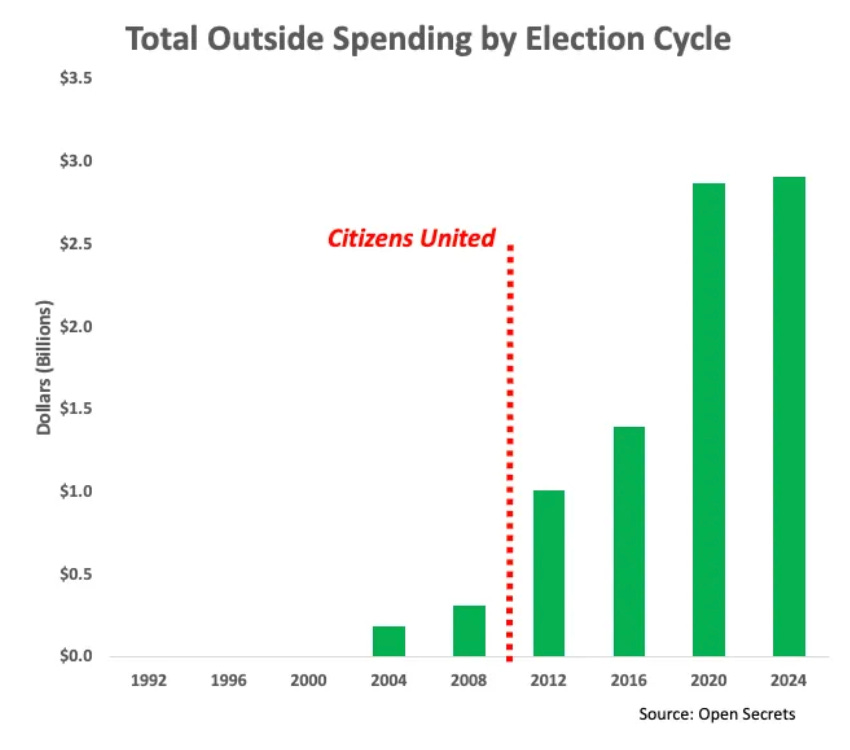
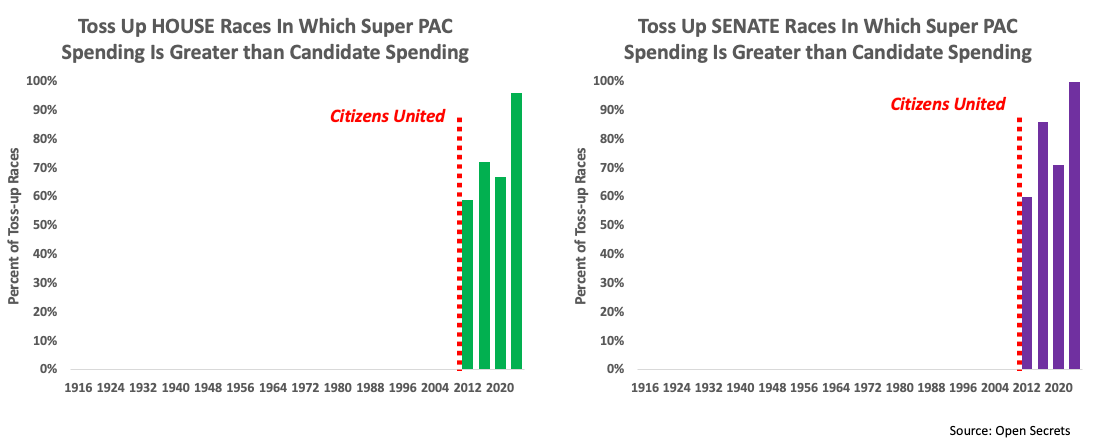








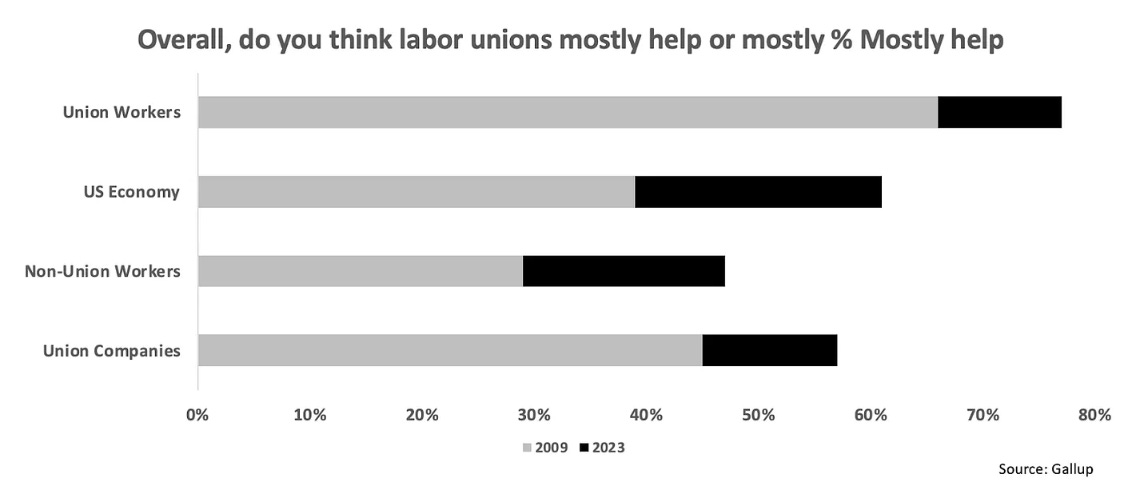
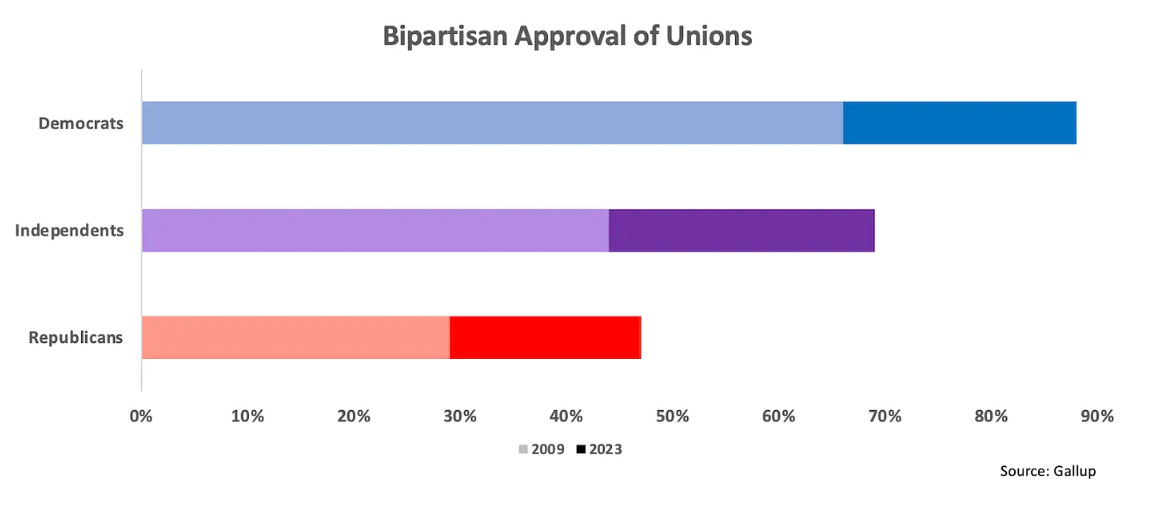

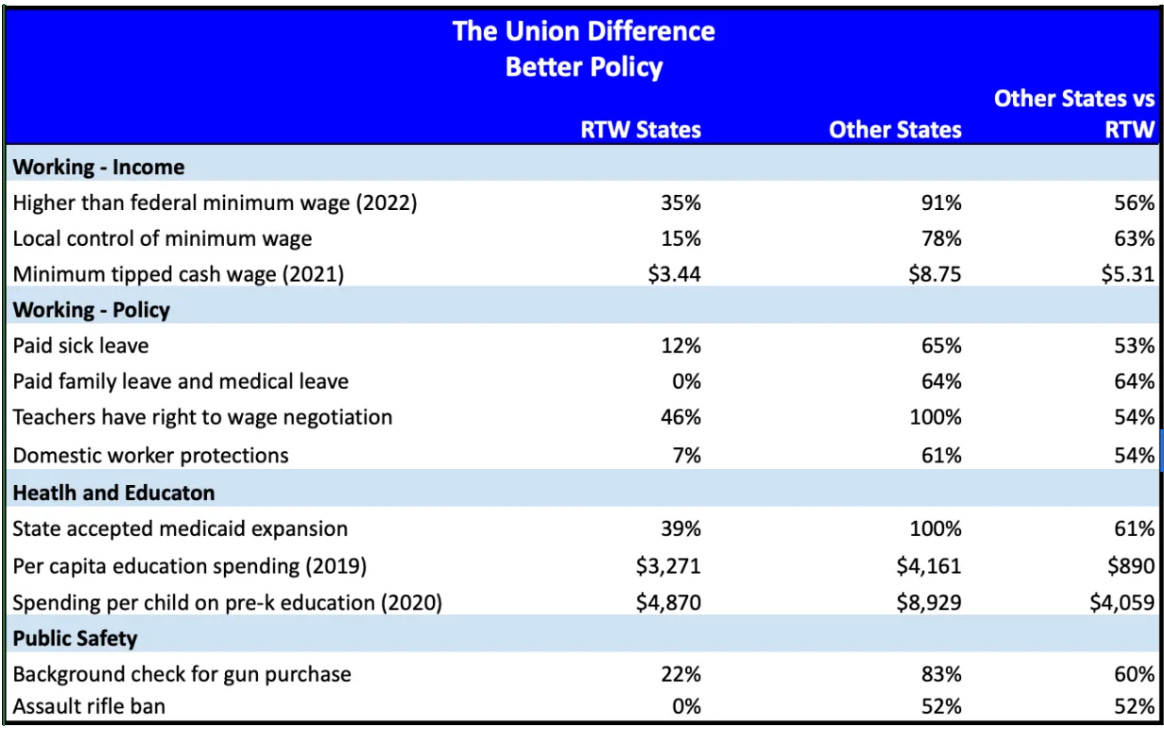



The best article I've read all year for concise and accurately reflecting the facts. The top of the food chain is the Supreme Court. People are pissed and starting to fight back.
Your assessment that strong workers' unions are essential to ameliorate income inequality is true. Strong unionized workers enable a secure middle class. The middle class income levels since the 1990s have eroded to the point that only very upper middle class persons can afford to buy houses now, for instance.
Economic anxiety, among the 98% non-millionaires in the US, leads to such extreme dissatisfaction; that it can enable authoritarian politicians to be regarded as necessary to "fix" the problem. We are in such a state now. The fpotus has, due to various factors - billionaire ruling plans with the Project 2025 agenda, theocratic SC decisions, right-wing media ascendancy - become the standard bearer for many dissatisfied people.
So ironically, instead of advocating for unionization to address economic ills, the misinformed, disinformed, public turns to an anti-union, billionaires backed, "populist" to solve economic disparities. It is a blatant oligarchial, authoritarian, grab for power. The only bulwark against such a takeover is a robust unionized economy. Along with regulatory agencies able to minimize unfettered, corporate greed actions against workers, consumers, and the environment.